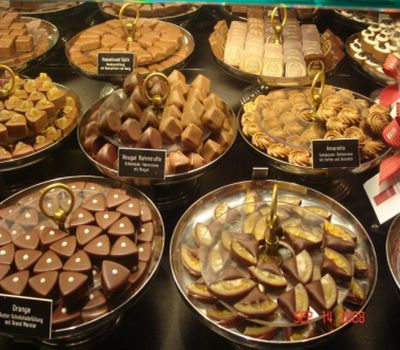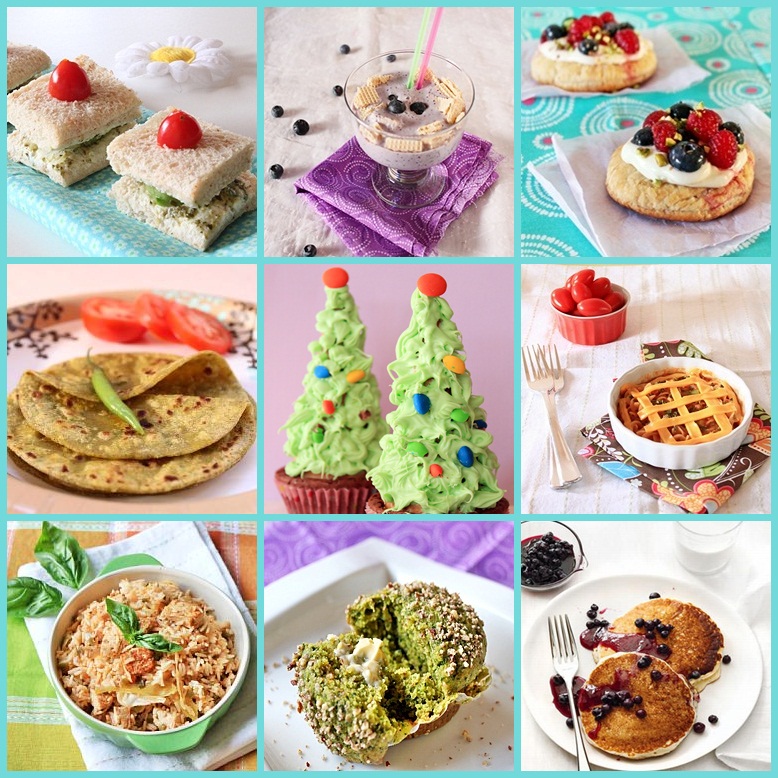The Art of Making Swiss Chocolates

Swiss chocolates are world renowned for their high quality, mainly for the fact that, besides using only the best ingredients for making chocolate, it is the milk which makes all the difference! It is procured from Swiss cows that are raised on an organic diet of fresh meadow grass and remain healthy and happy in the evergreen Swiss countryside.

The Making of Chocolate
The art of chocolate making involves manipulating the crystal structure of the cocoa, fat, and sugar to provide a smooth melt-in-the-mouth feeling. Here's what we found about the chocolate-making process, and I thought it'd be interesting to share this with you all.
1. Refining
The first step is Refining, where fat, cocoa, and sugar are milled to a very fine particle size.
2. Conching
The mixture is then subjected to a process called conching, which is the most critical step in chocolate-making. Conching involves kneading the chocolate mixture with additional cocoa butter for 24 to 96 hours at over 150 deg F to give it its final smoothness and creaminess and remove any residual moisture.
3. Tempering
The final step in the manufacture of chocolate is tempering. As liquid chocolate cools and solidifies, the cocoa butter forms crystals. To temper chocolate, it is heated and cooled under controlled conditions so that a fine, even-grained texture is developed. Typically, chocolate at this stage is not heated above 115 deg F. Lecithin, a natural emulsifier derived from soybeans, is added to chocolate at this stage to prevent Blooming (the process of a white haze forming over chocolate when it is cooled)
Challenges in Chocolate Making
One of the challenges in chocolate-making is that water interferes with the crystallization of the cocoa butter, which can then make the chocolate hard and brittle. So, in 1875 a Swiss manufacturer named Daniel Peters discovered the key to a successful milk chocolate process. Instead of using milk, which is almost 80-90% water, he used milk powder instead! By doing this, he was able to produce a coarse, dry milk chocolate bar. By 1897, however, Mr. Peters had perfected a process using condensed milk to produce an intermediate product called milk crumb. Milk crumb is produced by cooking chocolate liquor with sweetened condensed milk, dry ing this mixture into a powder, and subsequently blending it with cocoa butter to produce chocolate.
What is special about Swiss Chocolates is their quality. They are hard and well-formed with clean edges. The smell of a fine chocolate is full and rounded, but never obtrusive. Good chocolate melts like butter, does not stick to the roof of the mouth or feel gritty, and hardly leaves any aftertaste. The best part about these chocolates is the variety of flavors they come in. From Ameretto and Orange to Almonds and some really exotic flavored liqueuers, the Swiss have some really unique chocolates that you couldn't find anywhere else.
We enjoyed every bit of our chocolate-tasting venture and it was a privilege seeing how its made. So, the secret of Good Chocolates are Happy Cows, and Happy Cows come from Switzerland!
If you liked this post, please subscribe to our feed so you'd never miss a recipe or article again!









11 comments :
Nice read :)
You know belgium is also world famous for chocolate :-)
Good info about chocolates. Something which we all love
Yeah for Happy Cows! I loved this post! I feel like I learned so much!!
As I am in possession of 25% Swiss blood, I will put a chalk mark on the board for my homeland!
HC - indeed, Belgium chocolates are lovely and famous too, but I'll have to do a different post on that!:)
Nags, Meg - the cows do look cuter than the chocolates, right?:)
Rachel - hurray to your homeland!:)
ofcourse cows more cute...and I luv these...never tht of learning how it was made...good one dear!
tht is good info.
Lovely write up on chocolates from Swiss and such good looking cows.
Well written.. nice to read..i love swiss chocolate much splly Milka..
Thanks for ur comment on my blog Mansi..
pls collect hardblogger award from my blog .. u deserve it...
http://priyaeasyntastyrecipes.blogspot.com/2008/10/hard-working-food-blogger-award.html
Wishing you and your family a happy diwali!
Post a Comment